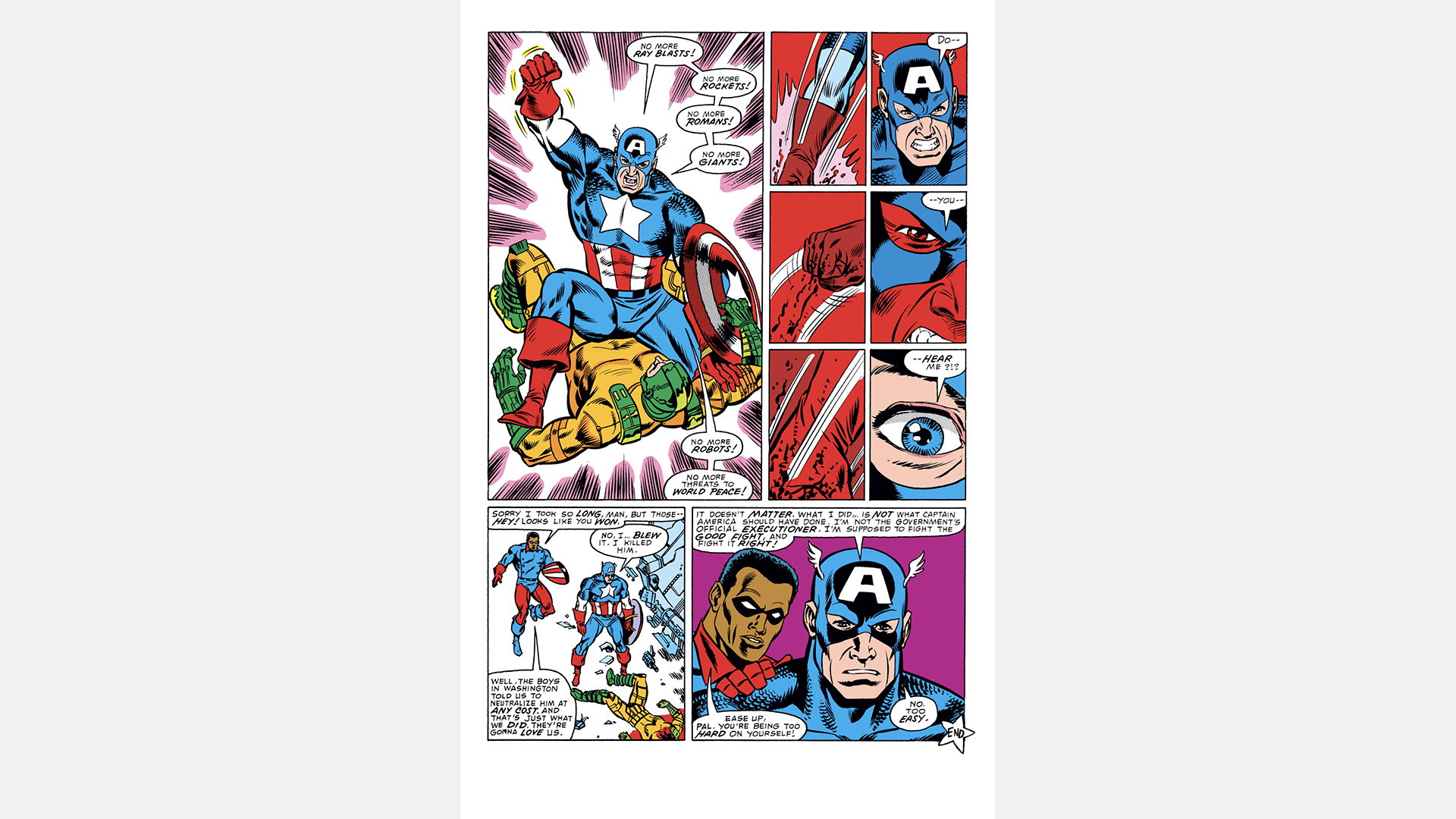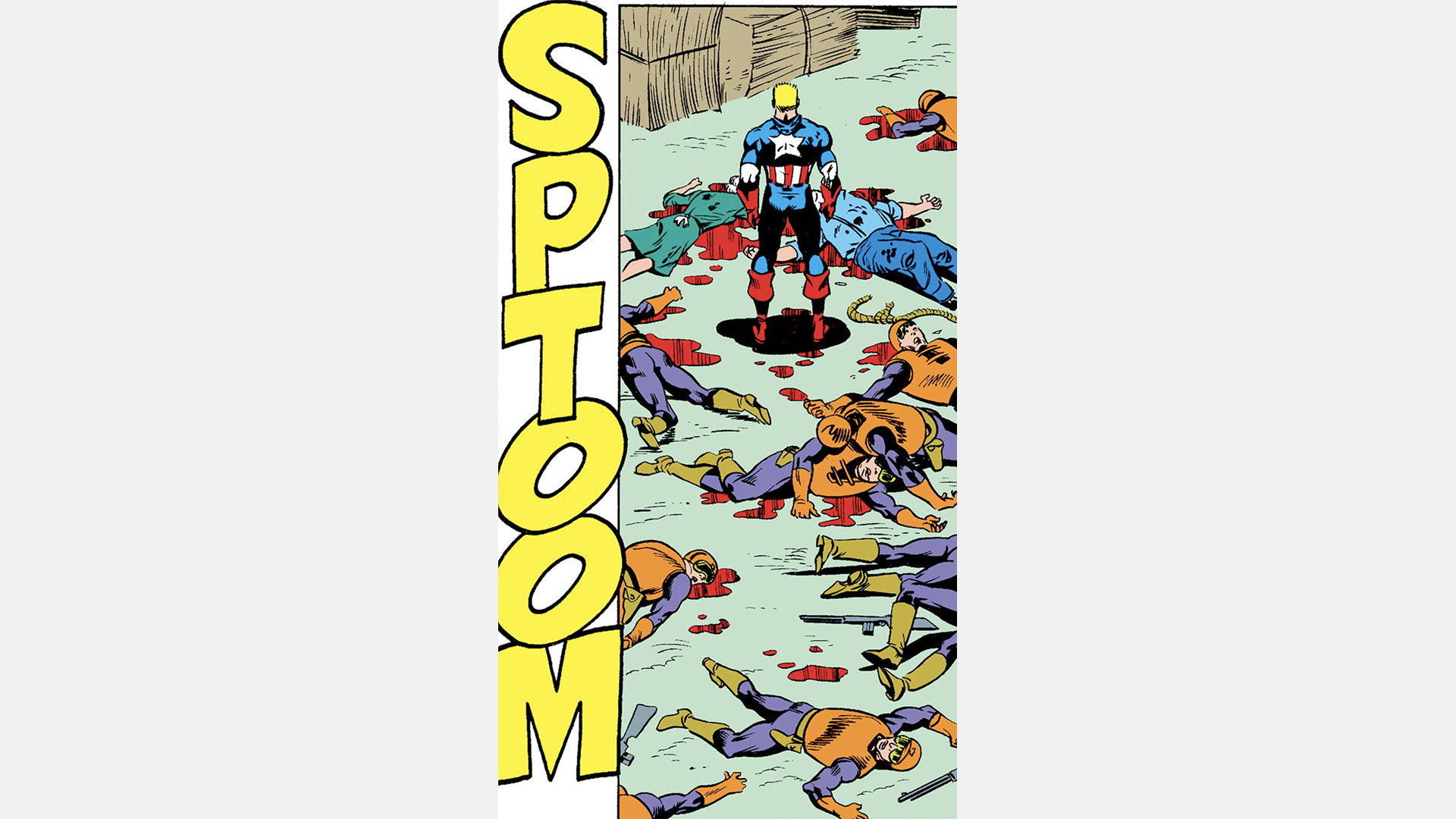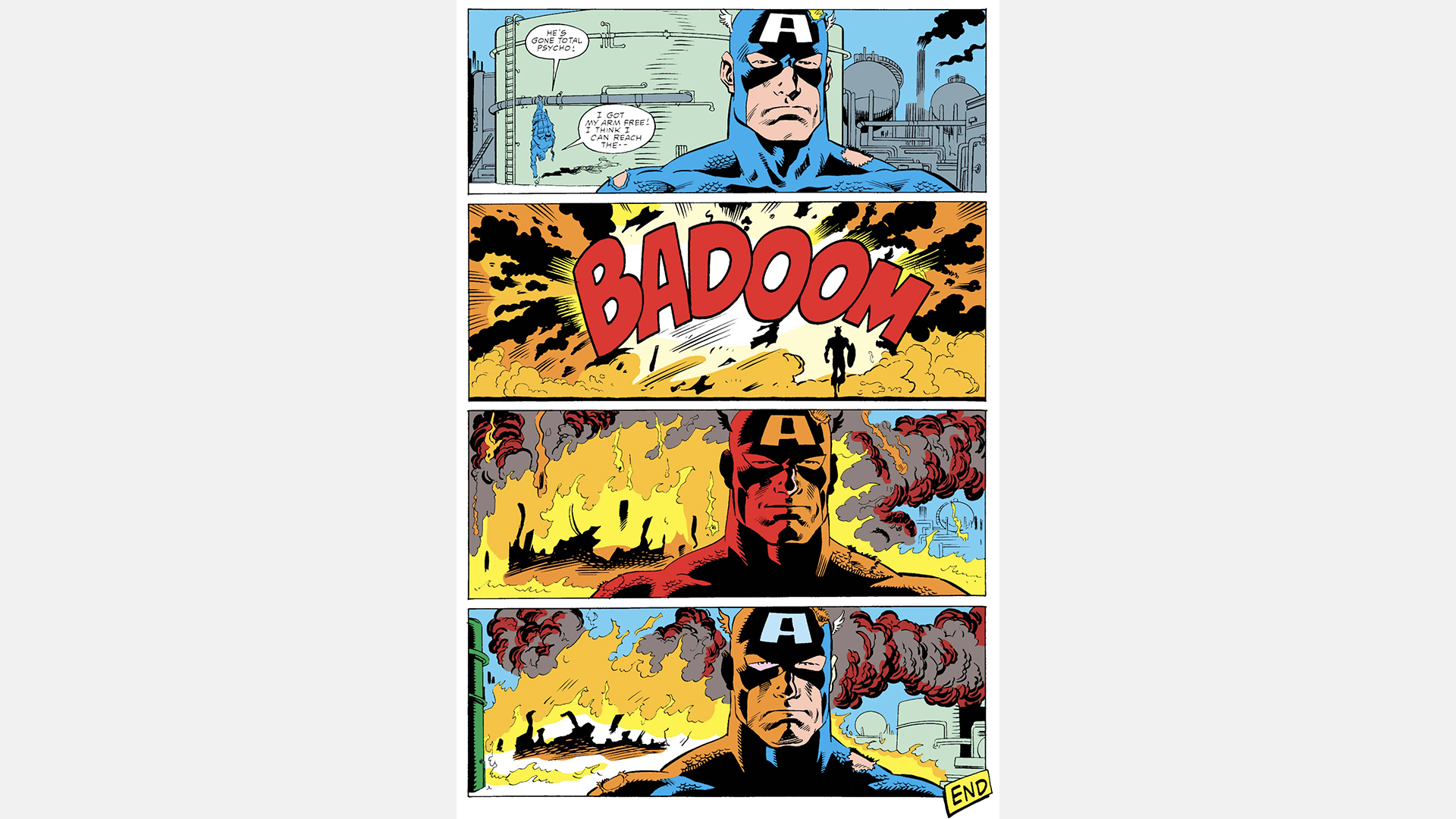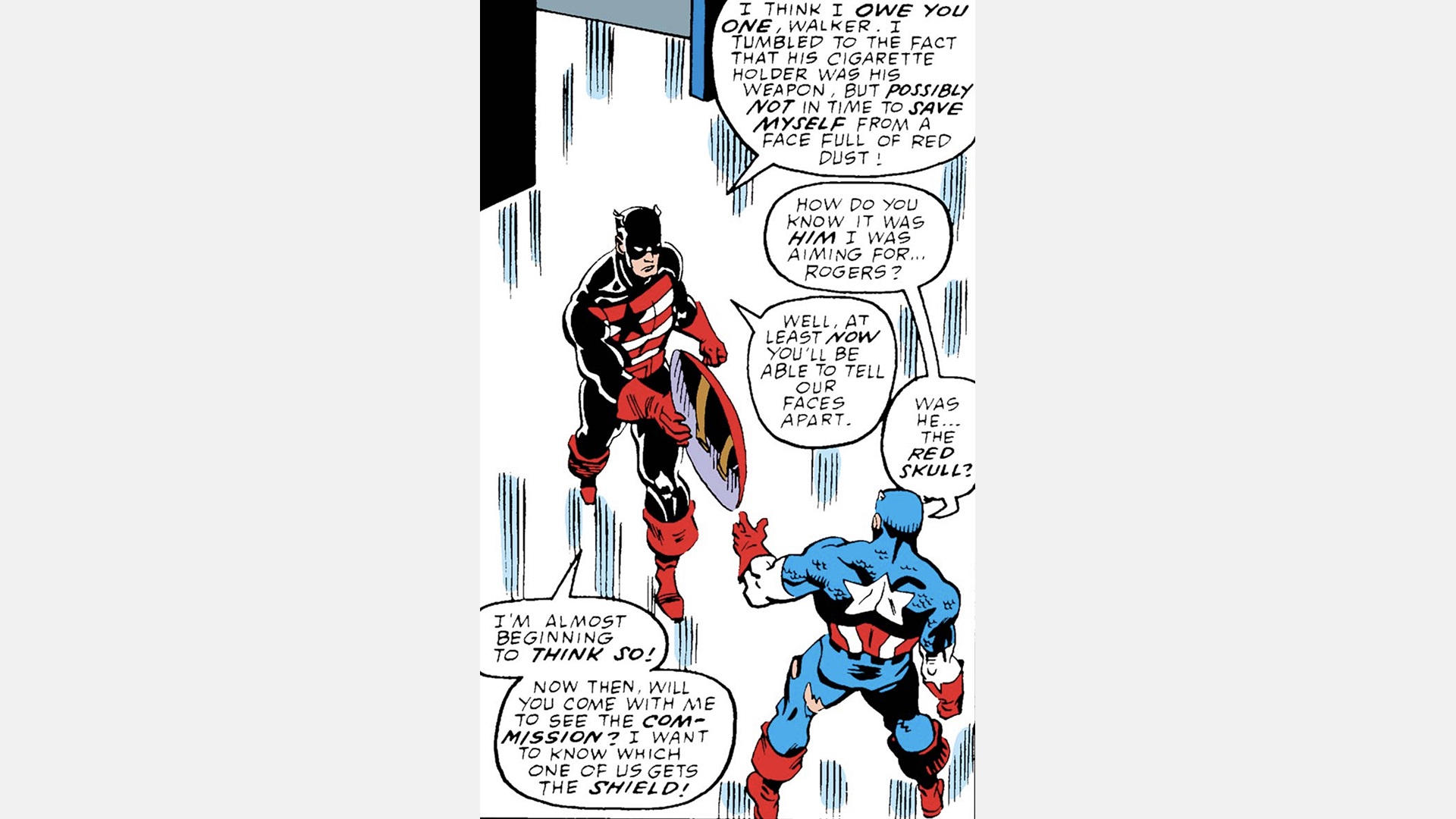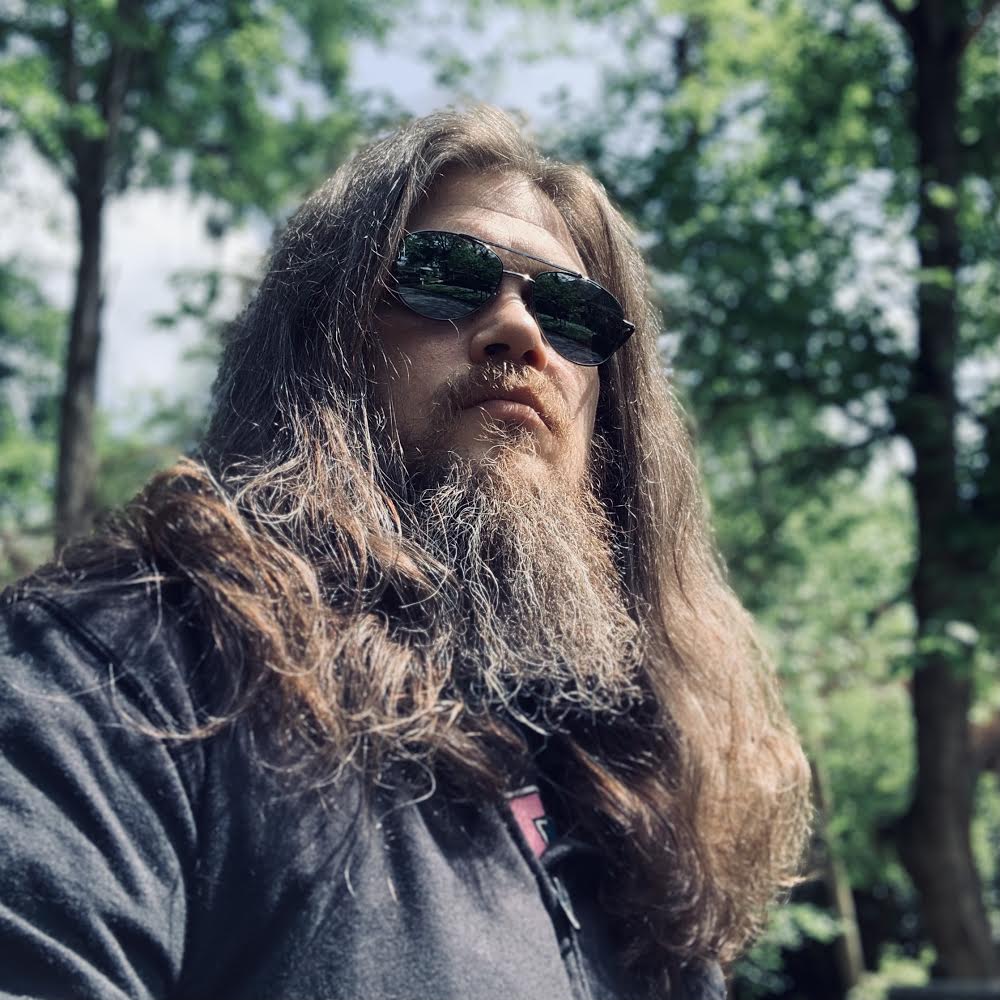The Captain America story that inspired the most shocking scene of The Falcon and the Winter Soldier
The Falcon and the Winter Soldier ramps up the story of John Walker/Captain America, drawing straight from comic books once again
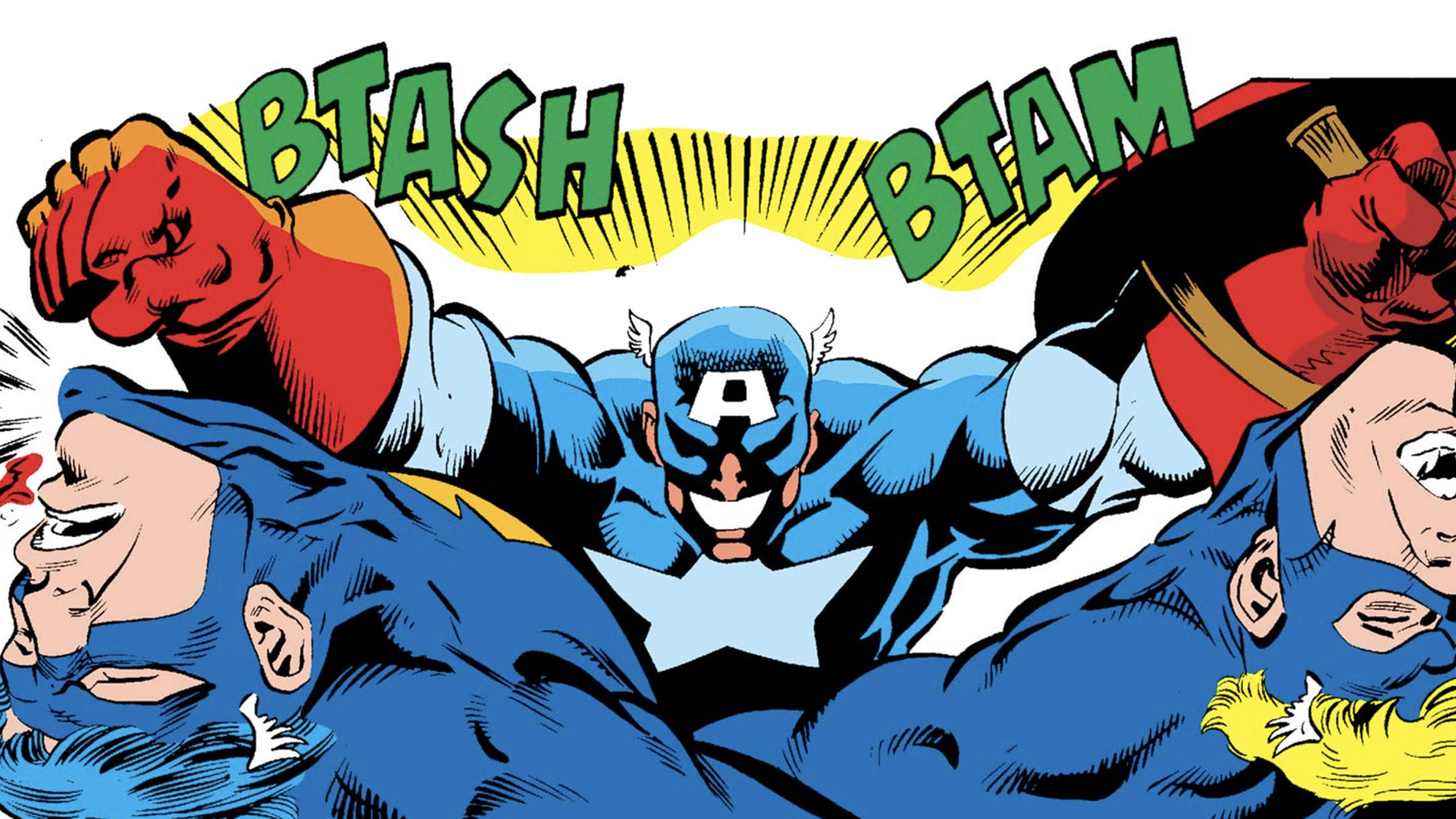
Episode four of The Falcon and the Winter Soldier ended with John Walker/Captain America's murder of one of the Flag-Smashers, whom he savagely kills in a scene that concludes with Walker standing over the body, blood dripping from Captain America's shield.
The scene of Walker's savage violence, and its gut-wrenching final shot, have already become infamous and iconic, with Disney Plus viewers potentially being caught off-guard by Walker's rage and bloodshed. But long-time Marvel Comics readers know that this has always been where Walker's MCU story was headed, as Walker's violence and unbridled anger are inseparable hallmarks of his character, and inevitable steps on his journey as Captain America and to whatever his MCU future will be.
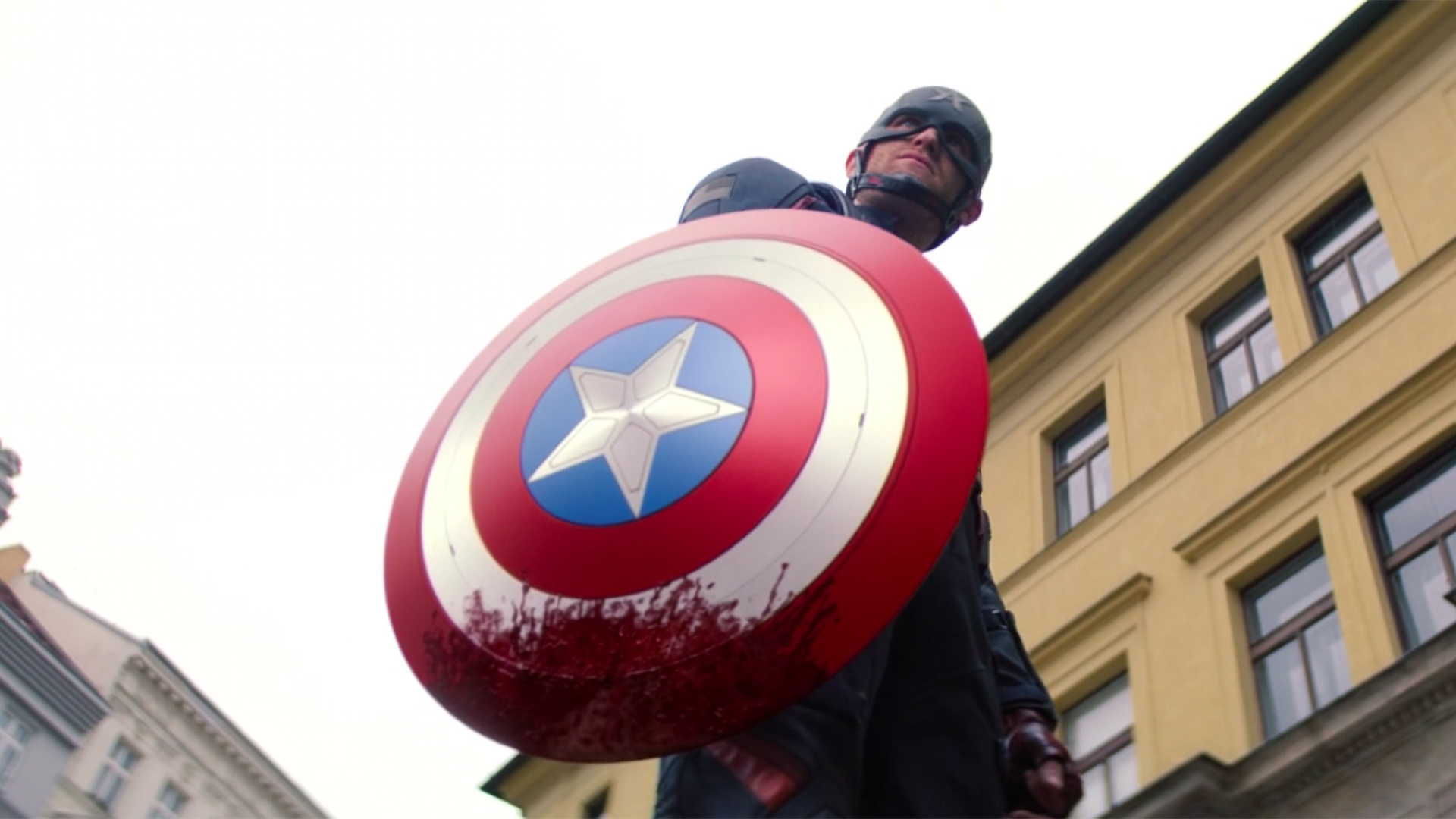
In fact, Walker's comic book history of violence is even more shocking and brutal than his MCU counterpart (so far). We've dug into the tale of Walker's service as Captain America before, but now we'll examine the comic book scenes that directly influenced The Falcon and the Winter Soldier's most shocking moment yet.
Blood on the shield
Even before his time as Captain America, comic book John Walker was a violent, somewhat unscrupulous person whose issues were only exacerbated when he had his strength augmented by the Power Broker, a process that made him somewhat unstable.
Picked as Steve Rogers's replacement more for his apparent willingness to follow any order, Walker was quickly put in positions by his government handlers that compromised his values.
Though he followed the orders he was given, it led to further cracks in his stability, which in turn led Walker to his first major violent outburst in Captain America #338, in which he beats a minor villain known as Professor Power to death while Power is already in a weakened state.
Standing over Professor Power's lifeless body, Walker realizes what he's done, lamenting to Battlestar that he went "too far," and that murder is "not what Captain America should do."
Get the best comic news, insights, opinions, analysis and more!
Unfortunately, while Walker's self-awareness would quickly subside, his anger and violence were about to ramp up.
Watch out, Watchdogs
Before being chosen as the new Captain America, John Walker was a small-time crimefighter known as the Super Patriot who was pushing to discredit Steve Rogers as being old and outdated, while also angling to replace him as America's top patriotic hero.
In his early attempts to show up Rogers, Walker was accompanied by a trio of sidekicks known as Bold Urban Commandoes (or BUCkies, after Cap's original partner), two of whom were fired when Walker became Cap, while the third, Lemar Hoskins, became Battlestar.
The other two became the political villains known as Left-Winger and Right-Winger, who exposed John Walker's secret identity on national television, leading to Walker's parents being kidnapped by the terrorist organization the Watchdogs in Captain America #345.
Walker, as Captain America, is deployed to handle the situation, but things quickly go awry. The Watchdogs wind up gunning down Walker's parents in front of him, and Walker enters a full-on rage-fueled fugue state, brutally killing or maiming every member of the Watchdogs present in a blood-soaked haze.
Walker is censured by the government, with his handler Agent Rockwell insisting that Walker is a loose cannon and should be fired. But Rockwell's superior insists Walker go back into the field as Captain America soon as possible, with strict orders to maintain discipline at all times – a directive that wound up being as good as the paper it was printed on.
Explosive personality disorder
After returning to duty as Captain America, Walker's violence only continues to escalate, with Walker violently taking on the mutant Resistants, the Watchdogs, and more. However, what pushes Walker even further over the edge than before is the return of Left-Winger and Right-Winger in Captain America #347, who Walker holds responsible for the deaths of his parents.
During yet another rapidly escalating confrontation with the Watchdogs, Walker encounters Left-Winger and Right-Winger, turning his attention – and brutality - to his former partners. As Walker's demeanor becomes increasingly more menacing and unhinged, he savagely unleashes on his former sidekicks, finally subduing them within an inch of their lives.
With vengeance on his mind, Walker ties the Wingers up in an old factory, setting off an explosion that blows up his former allies, leaving them both near dead in critical condition.
Throughout Walker's violent escalation, Agent Rockwell tries to get him fired as Captain America, but he's blocked at every turn by his mysterious government liaison - a mystery that unravels in the final chapter of John's time as Cap.
Captain America no more
In Captain America #350, the finale of Walker's tenure as Captain America, the mysterious figure who insists on Walker remaining on as Captain America is revealed as the Red Skull, who has been manipulating events behind the scenes for some time.
Red Skull's intent, it's revealed, is to push Walker further and further toward rampant violence both as a way to control Walker and use him against the Skull's enemies, and to discredit Captain America as a symbol of liberty and freedom altogether.
In the end, John Walker sees through the Skull's manipulation with help from Steve Rogers and Sam Wilson, ceding the shield and mantle of Captain America back to Steve Rogers, who reluctantly accepts. Walker eventually undergoes psychotherapy to treat his rage and trauma, while taking up the codename and costume of US Agent, a hero in his own right.
While the MCU version of John Walker's path is somewhat different and includes different origins, the ramping escalation of his violent outbursts seems to follow a similar trajectory, given his murder of the Flag-Smasher occurs immediately after Battlestar's apparent death.
This foretells of dark times ahead for John Walker in The Falcon and the Winter Soldier, but ultimately, it also paints a picture of a possible light at the end of the tunnel for Walker, and a possible path to rehabilitation as his own hero.
The tale of John Walker's tenure with the shield is one of the best Captain America stories of all time.
I've been Newsarama's resident Marvel Comics expert and general comic book historian since 2011. I've also been the on-site reporter at most major comic conventions such as Comic-Con International: San Diego, New York Comic Con, and C2E2. Outside of comic journalism, I am the artist of many weird pictures, and the guitarist of many heavy riffs. (They/Them)
